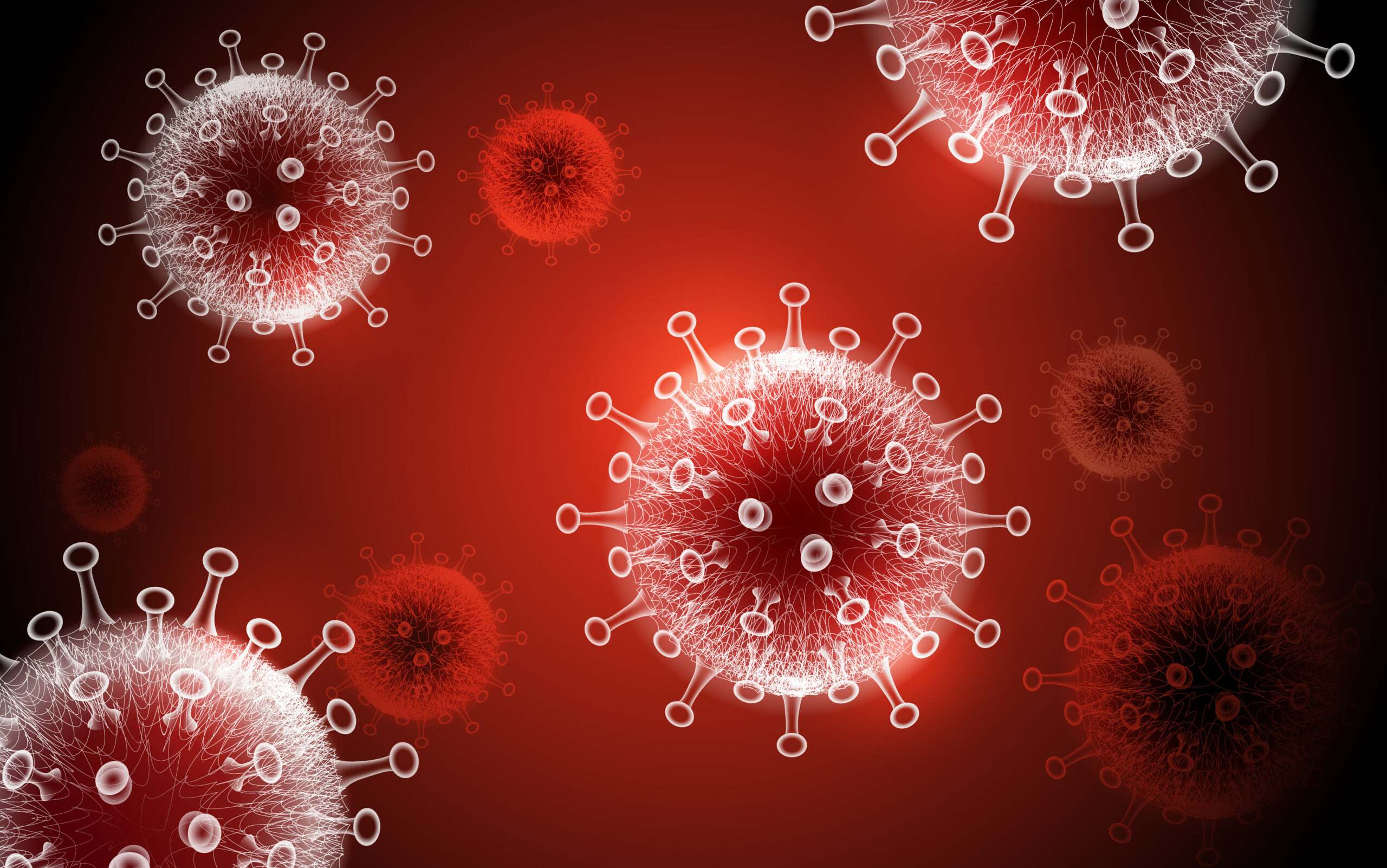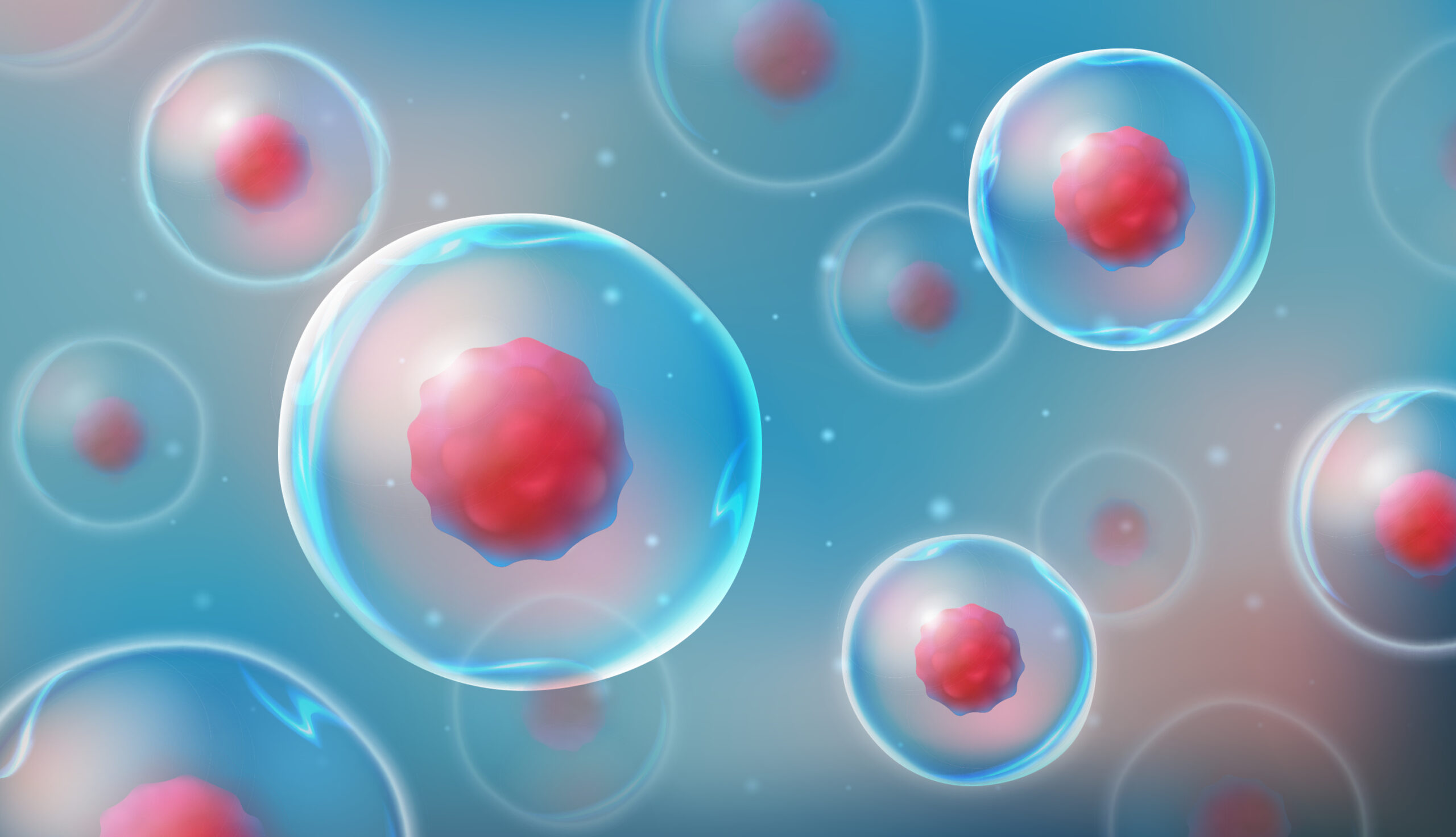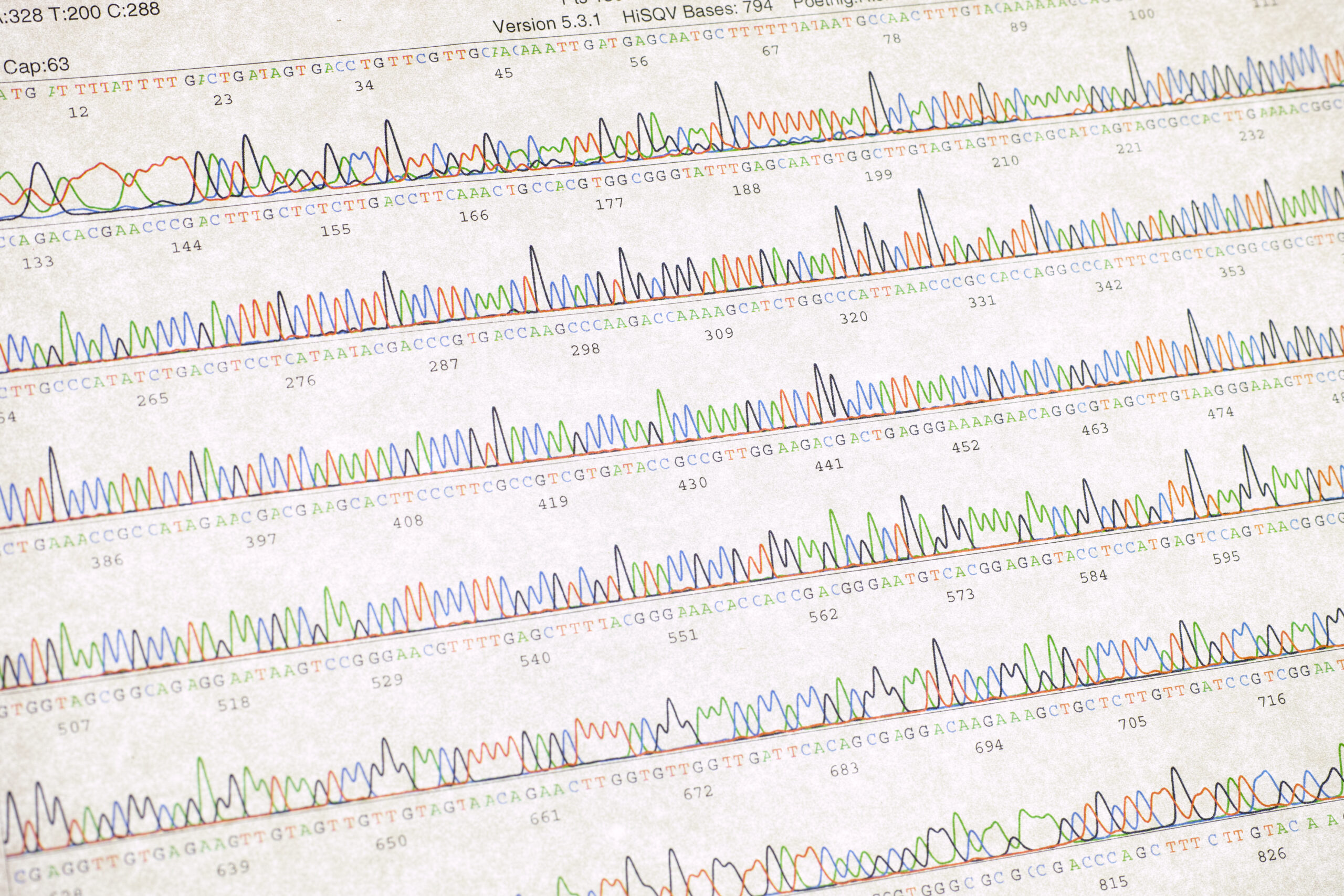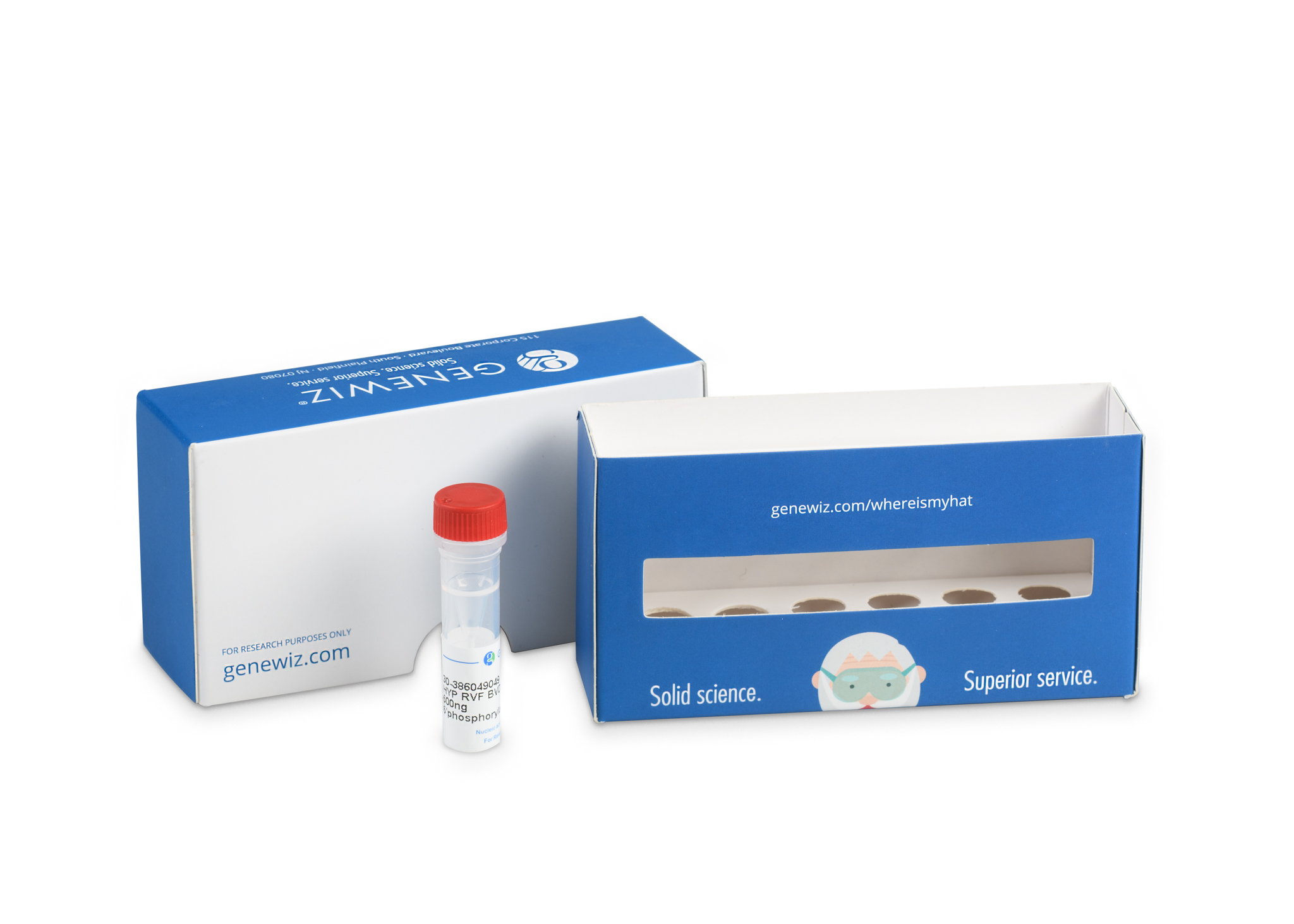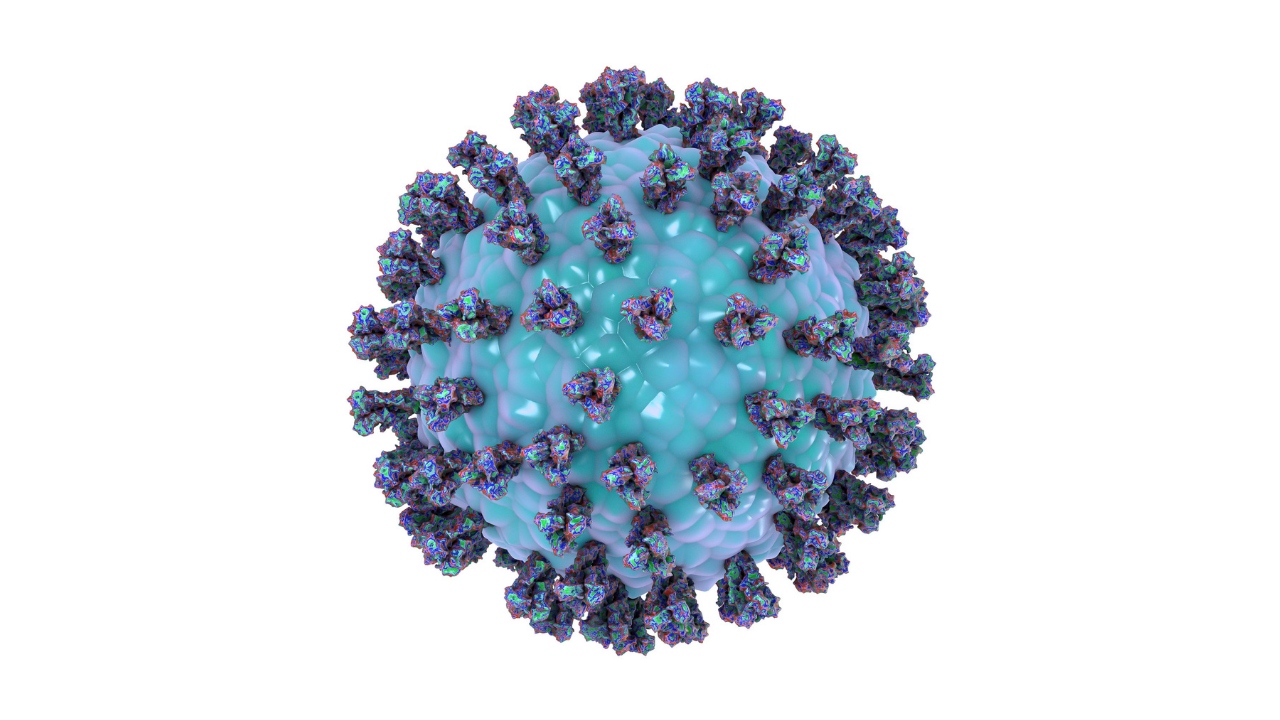Custom DNA Sequencing:
As a leading provider of genomic services, we offer our customers a full range of sequencing services using high-throughput and custom strategies. Projects are treated with the highest level of quality, integrity, and confidentiality.
Submission of DNA Samples for Sequencing
We are using the new ABI 3730xl DNA Analyzer for DNA sequencing. Please pay attention to the following details when sending samples for sequencing.
What to send:
- PCR DNA Templates- There are several methods for purifying PCR products: spin column, ethanol precipitation, or enzymatic purification (SAP/Exo I). If more than one PCR product is present, column purification, ethanol precipitation, or enzymatic purification will not isolate the desired product. Use gel purification to isolate the desired product or re-optimize the PCR to obtain a single product.
OR
- Premix (Primer and Template mixed together)- We encourage customers to submit DNA samples premixed with their specific primer in ddH2O. In this case, submit 15µl per reaction using the following quantity table: Note that PCR Cleanup using Exosap method is not recommended!
Preparation of a Premix
Target
|
Primer
|
|
Type of DNA
|
DNA Length(bp)
|
Amount in 15 µl
|
Concentration (ng/ µl)
|
amount
|
concentration
|
Volume
|
|
PCR Product
|
100-499
|
30ng
|
2ng/μl
|
30pmol
|
10 pmol/µl
|
3µl
|
|
500-1000
|
60ng
|
4ng/μl
|
|
>1000
|
100ng
|
6.7ng/μl
|
|
Plasmid
|
3-6k
|
300ng
|
20ng/μl
|
|
6-10k
|
600ng
|
40ng/μl
|
|
10-20k
|
1000ng
|
66ng/μl
|
|
BAC/Cosmid DNA
|
>20k
|
750ng
|
50 ng/μl
|
15pmol
|
10 pmol/µl
|
1.5 µl
|
| Example |
| Size of DNA |
DNA Concentration |
Primer concentration |
H2O up to 15µl |
Total volume |
| Plasmid 5kb |
100ng/µl |
10pmol/µl (10µM) |
|
|
| Amount in Mix |
3µl (300ng/15µl) |
3µl (30pmol/15µl) |
9µl |
15µl |
Choose the “premix” option in the “service required” section
Template Quantity:
Quantitate DNA by Spectrophotometer (Nanodrop or equivalent). Pure DNA should give an OD260/280 of between 1.8-2.0 and an OD260/230 of about 1.7-3.3. Low 260/280 indicates protein contamination, high OD260/280 indicates possible RNA or residual organics contamination. Low OD260/230 indicates contamination by organics and/or salts.
Regular reaction: DNA & primers in separate tubes
Recommended DNA concentration to send:
|
Type od DNA
|
Amount
|
Concentration
|
|
PCR Fragments100-500bp
|
30ng/reaction*
|
10ng/μl
|
|
PCR Fragments500-1000bp
|
60ng/reaction*
|
20 ng/μl
|
|
PCR Fragments>1000bp
|
200ng/reaction*
|
25ng/μl
|
|
DS Plasmid DNA (3-10Kb)
|
600ng/reaction*
|
100-300 ng/μl
|
|
DS Plasmid DNA (10-20Kb)
|
1.2µg/reaction*
|
100-500 ng/μl
|
|
BAC/Cosmid DNA>20kb
|
1.2µg/reaction*
|
100-500 ng/μl
|
*Note that Forward and Reverse primers on one PCR/plasmid sample is considered as two reactions
Primers
- Provide primers at concentration of 5 pmol/μl in DDW (quantity of 5μl/reaction)
- Universal primers can be provided by hylabs (please check our primer list)
- Your Own Primer – guidelines for optimal prime design:
Verify the site-specificity of the primer.
Design primers only from accurate sequence data.
Search at regions that best reflect your goals. The primer should be located at least 50 nucleotides away from the target sequence or more than 500 nt away.
Length should be between 18 and 30 nt, with optimal being 20-25 nt.
Keep the G-C content in the range of 50-65%.
The Tm should be between 55 C and 65 C.
Avoid primers that can hybridize to form dimers
Avoid palindromes because they can form secondary structures.
Avoid primers with any secondary hybridization sites on the target DNA
There’s a web-based Tm calculator you might try at Metabion oligo calculator
What not to send
- Samples with high salt concentration (low 260/230 ratio<1.0)
- Samples with RNA or proteins
- Samples with traces of ethanol or phenol
Hints and tips for a successful sequencing reaction:
Host Bacterial Strain variability in template preparation
The host strain used for plasmid preparation also impacts template quality. The following information may help you in choosing a host strain:
- HB101 and DH5a host strains consistently produce good results;
- XL1 Blue grows slower than most strains and can lead to decreased DNA yields
- MV1190 and JM109 host strains show some variability in result quality;
- JM101 (JM100 series) is not recommended.
- Avoid Terrific broth and other rich media
- Avoid host strains TG1 and TG2 which contain high carbohydrate levels
- Template preparation or purification procedures which involve the use of phenol or chloroform should be avoided if possible. If use of phenol or chloroform cannot be avoided an additional ethanol precipitation is recommended.
Effect of low quantity Template:
Excess template can affect data quality when present in sample loading onto the DNA Analyzer. Excess template inhibits the injection of extension fragments thus affecting signals generated from the instrument. Excess template can behave similarly to proteins and accumulate in the capillary array, which affects data resolution.
Effect of Excess Template:
Excess template can affect data quality when present in sample loading onto the DNA Analyzer. Excess template inhibits the injection of extension fragments thus affecting signals generated from the instrument. Excess template can behave similarly to proteins and accumulate in the capillary array, which affects data resolution.
Template Quality:
The 3730 is a capillary-based DNA analyzer that uses electrokinetics for the injection of samples into the capillaries. Therefore your samples must be SALT-FREE AND PROTEIN-FREE. Salt and protein are preferentially injected over DNA and also plug up the capillaries.
- Do NOT dilute or re-suspend the DNA in TE. Use ddH20 or 1mM Tris pH 8.5.
- When using the column-based kit, DNA elution should be conducted with ddH2O or with elution buffer diluted 1:10.
- When using a column-based kit, insure that all of the EtOH is removed before eluting the DNA.
- If concentrating the DNA insure that all of the EtOH is evaporated before re-suspending the DNA.
- When using Qiagenminiprep kits, perform the PB wash regardless of the cell line used.
Effect of Residual Salts:
the 3730 DNA Analyzer is especially susceptible to salt in samples from template preparation. The negative ions in salts can be preferentially injected into the capillary array during electrokinetic injection, leading to a lower signal. In addition, the negative ions compete and interfere with the injection of larger DNA extension fragments, leading to shortened read lengths. If salts and unincorporated dyes are not removed from the sequencing reaction, they will compete with extension fragments during electrokinetic injection and result in weak signals.
Effect of Proteins:
many DNA preparation methods for sequencing require the recovery of DNA from lysed bacterial cultures. Unless DNA is carefully purified, protein can remain in the DNA samples. Protein can be injected and adhere to the walls of the capillary array adversely affecting data resolution.
Effect of Residual Detergents:
some methods of phage template preparation use detergents such as Triton X-100. Other detergents, such as sodium dodecyl sulfate (SDS), are used in plasmid purification protocols to lyse bacterial cells. Small, negatively charged detergents may be preferentially injected over DNA during electrokinetic injection. If present at high levels, detergents such as Triton X-100 and SDS will adversely affect the life of the capillary array and the quality of the sequencing data.
Effect of Residual RNA:
residual RNA that is present in DNA template preps competes with the DNA for injection into the capillary array. Residual RNA has the same effect as excess salt, that is, decreased signal and shortened read lengths.
A frequent reason for failure to get good data
Failure results when there is an insufficient level of fluorescent termination products for the computer software to assign a sequence. Some possible reasons:
- The 3730xl capillary sequencer provides longer reads but is also more sensitive to residual salt and ethanol in the sample. If you are experiencing variable sequencing results try an ethanol PPT or elute in water instead of the supplied Elution Buffer.
- Too little DNA template results in reactions with little or no signal and poor or no base calling.
- Too much DNA produces reactions that terminate prematurely, often with fewer than 250 bases of reliable sequence data.
- Poor quality template DNA. Template DNA must be free of residual ethanol and salt.
- Insufficient primer concentration or poor quality.
- The Tm of the primer is << 50°C.
- The Tm of the primer is >> 65°C.
- The template does not contain a sequence complementary to the primer.
- Primer and/or template were not added to the reaction.
- Using the same primers for sequencing as were used for PCR.
- A sample containing plasmids from two or more different colonies was submitted inadvertently. CFU’s from densely plated colonies may contain a mixed population of plasmids. This results in two or more overlapping sequences on the electropherogram.
- A sample containing two or more PCR products was submitted inadvertently. PCR fragment was not gel-purified or during gel purification, the region of the agarose gel from which a PCR fragment is excised and eluted contains a mixed population of fragments.
When to contact us:
Sanger Sequencing – The DNA Sequencing Facility is open 5 days/week between 8:00- 17:00.
Please call us or email us if you need any help from our sequencing analysts.
For questions or suggestions please contact us at: lab1@hylabs.co.il, 08-9366475 ext: 222
Sanger Sequencing – Online Ordering procedure:
- Login to our system using your user name and password.
- Fill in your sample name.
- Choose the required service.
- Choose the type of DNA.
- Fill in the concentration of your sample.
- Fill in the size of your DNA.
- Fill in the Tm of your primer.
- When using Universal primers choose from the list (always compare the sequence).
- If using your primer, fill in the name.
- When acquiring the Bacterial culturing + Miniprep + Sequencing service, please include the desired growth conditions in the comment box.
- When done, press the Add Icon.
- If you need to correct any of your data, use the edit icon. Make your corrections and then press Add again.
- To submit your order, press ‘send form’. Print the form and write the ID number on each tube.
- Several minutes after the submission of your order you will receive confirmation of the order and a message informing you when to expect your results.
How to obtain your sequence results:
All the sequence results can be found in your ‘ORDER STATUS & RESULTS’.
Find your last order and press ‘View’ to retrieve your sequencing files. For every sample sent to the sequencing service, two data files will be received:
To access your .ab1 and .seq files click on the required .ab1 and .seq icons. To download all sequences click ‘Download’. Your browser will prompt you to save the zip file to your computer. The Zip files can be opened with any software designed to open zip files. Please make sure to download and save the files to your computer. The files will be removed from our website after two weeks.
- One file ends with .seq (fasta format) and contains the sequence data in text format.
- The second file ends with .ab1 and contains the densitometric scan (electropherogram) and can be viewed by using the following software applications:
- For PC users – http://www.mbio.ncsu.edu/BioEdit/bioedit.html
- Chromas PC users – http://www.technelysium.com.au
- For Mac users – http://www.appliedbiosystems.com/support/software/dnaseq/installs.cfm
To access your .ab1 and .seq files click on the required .ab1 and .seq icons. To download all sequences click ‘Download‘. Your browser will prompt you to save the zip file to your computer. The Zip files can be opened with any software designed to open zip files. Please make sure to download and save the files to your computer. The files will be removed from our website after two weeks.
We also offer a Complementary Test for Sanger Sequencing:
Next-Generation Sequencing (NGS)

